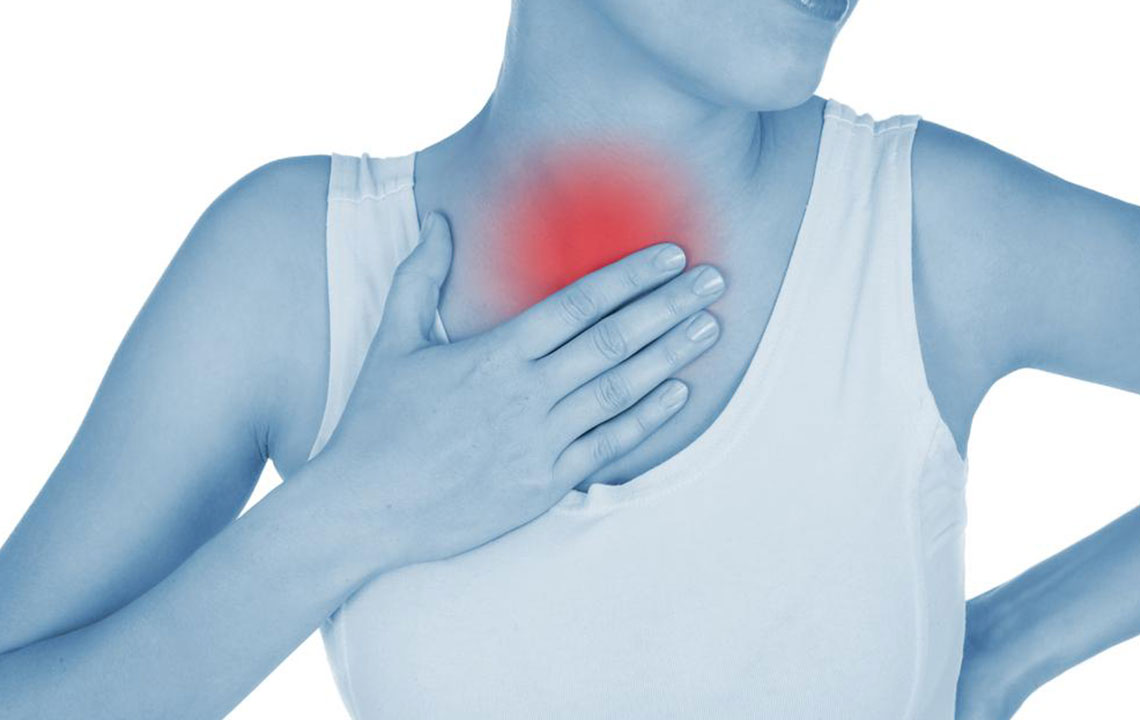Key Facts and Diagnosis of Emphysema: What You Need to Know
This article provides a comprehensive overview of emphysema, focusing on key diagnostic methods, risk factors, and disease stages. It highlights the importance of early detection, explains how lung function is assessed, and outlines the progression from mild to severe stages. The information aims to educate readers about managing emphysema effectively and understanding prognosis factors to improve quality of life. Although there is no cure, timely diagnosis and treatment can help control symptoms and extend life expectancy. Understanding these aspects is essential for anyone affected by or at risk of emphysema.

Key Facts and Diagnosis of Emphysema: What You Need to Know
Understanding Emphysema: Critical Questions About Its Diagnosis Emphysema, along with chronic bronchitis, is a significant respiratory condition classified under chronic obstructive pulmonary disease (COPD). It results from damage to the tiny air sacs in the lungs, causing breathing difficulties. Symptoms worsen over time, often making recovery challenging. Currently, there is no cure, and the disease advances through four stages, with treatments aimed at easing symptoms at each phase. Early detection can help improve lifespan, but the progression rate remains unpredictable.
Explore essential insights into emphysema's diagnosis, risk factors, and stages.
How is emphysema diagnosed?
Imaging Tests: Chest X-rays and CT scans are vital. Advanced cases are often identified via X-rays, while CT scans provide detailed cross-sectional views to detect emphysema early.
Laboratory Tests: Blood samples, typically from arterial blood, help assess lung function by measuring oxygen transfer and carbon dioxide removal.
Lung Function Tests: These non-invasive assessments, using devices like spirometers, evaluate airflow and lung capacity, providing crucial data on respiratory health.
What are the risk factors for developing emphysema?
Gender: Men are statistically more prone than women to develop emphysema.
Smoking: Tobacco use, including second-hand smoke, is a leading contributor.
Genetic Factors: Deficiency of alpha-1-antitrypsin, a protein protecting lung tissues, increases susceptibility.
Environmental Exposure: Long-term inhalation of toxic fumes or particles from occupational or environmental sources elevates risk.
Other Respiratory Conditions: Pre-existing conditions like asthma or allergies may predispose individuals to emphysema.
How is life expectancy assessed at diagnosis?
It involves metrics like FEV1, GOLD, and BODE. FEV1 measures lung airflow, with higher percentages indicating healthier lungs. The GOLD system categorizes emphysema severity based on FEV1 values, aiding prognosis. The BODE index considers body mass, exercise capacity, airflow limitation, and breathlessness to evaluate disease impact.
What are the stages of emphysema?
Stage 1: Mild, with FEV1 ≥80%, no frequent flare-ups, and no hospitalizations. Early symptoms are minimal.
Stage 2: Moderate, with FEV1 between 50-80%, characterized by breathlessness and cough, possibly with one flare-up.
Stage 3: Severe, FEV1 between 30-50%, significant airflow limitation, and ongoing symptoms.
Stage 4: Very severe, FEV1 below 30%, marked breathing difficulty, frequent exacerbations, and low blood oxygen levels.
Tags: emphysema prognosis, lung health, respiratory disease










